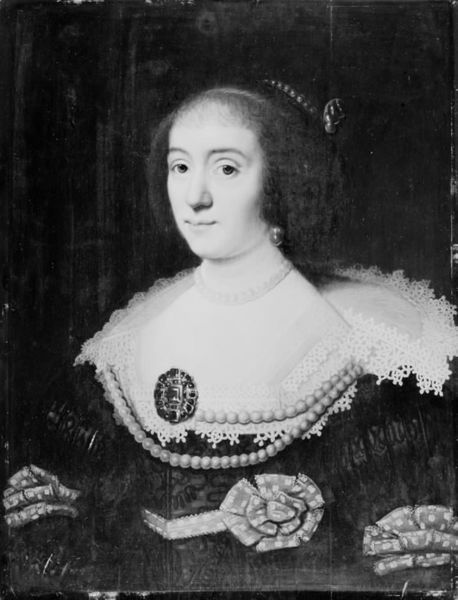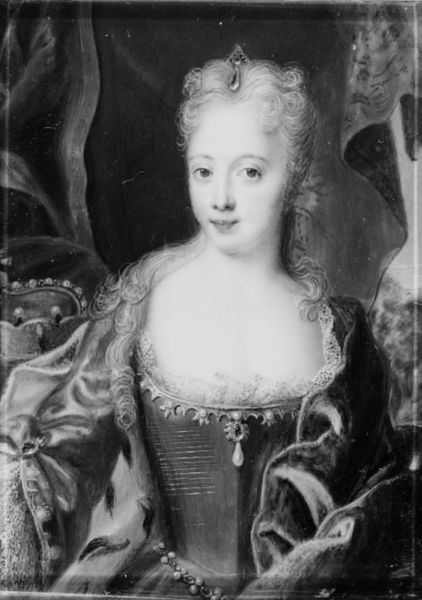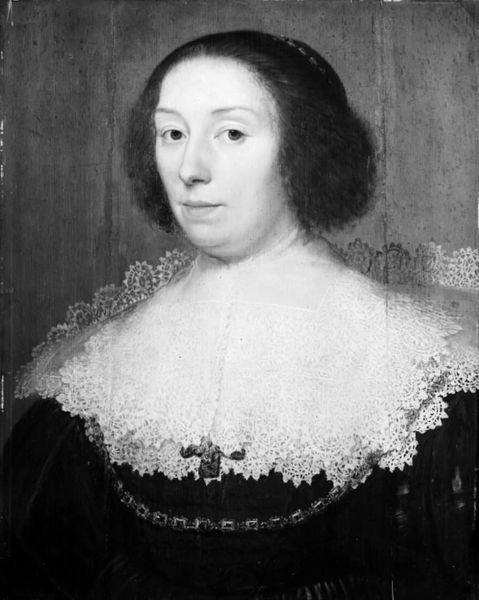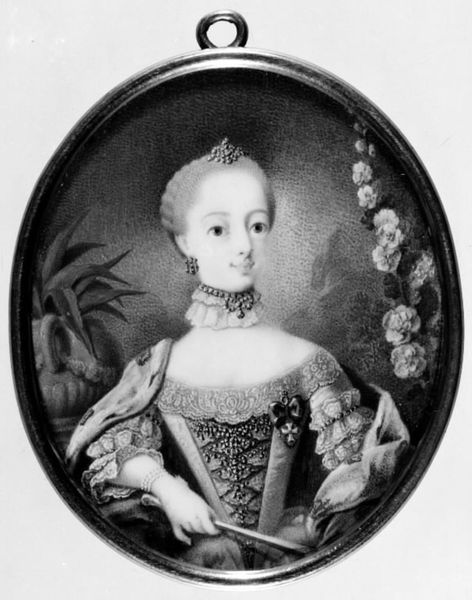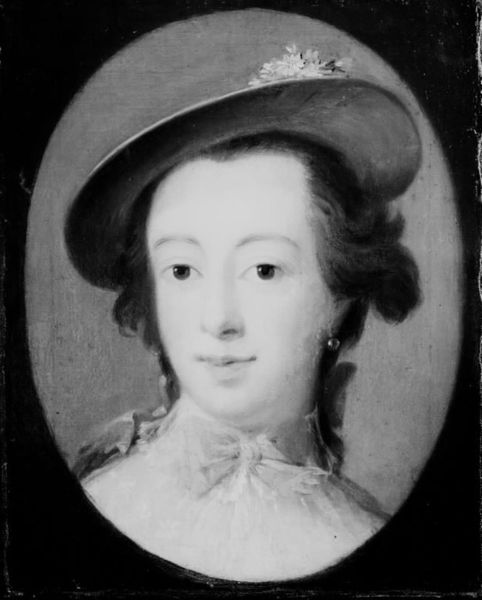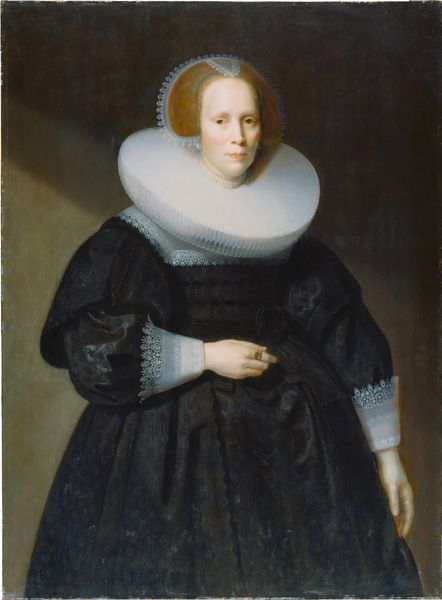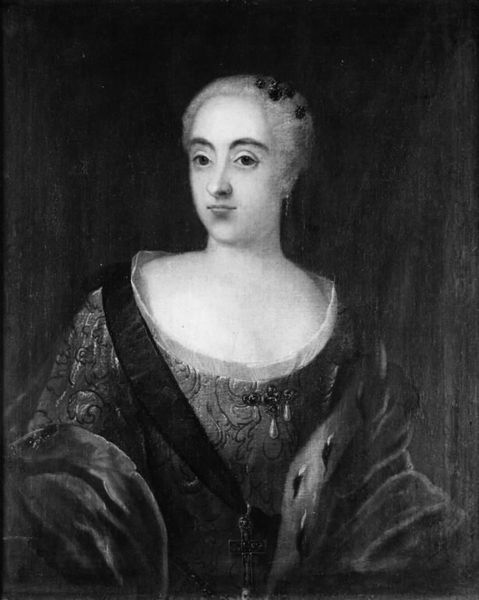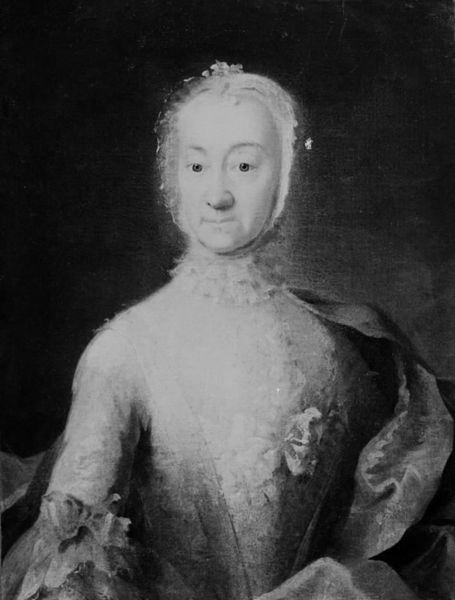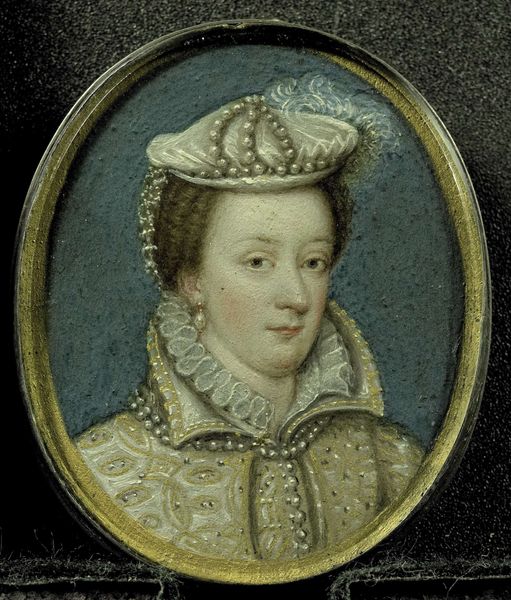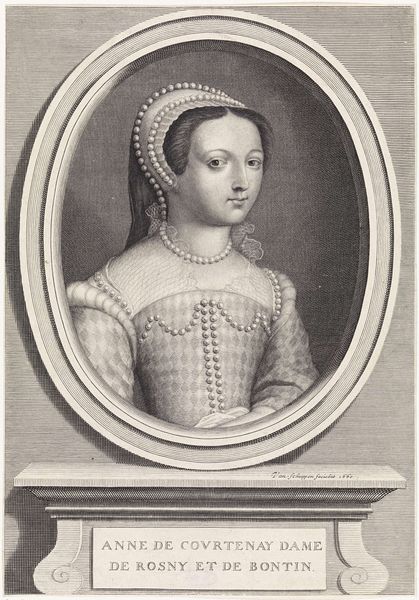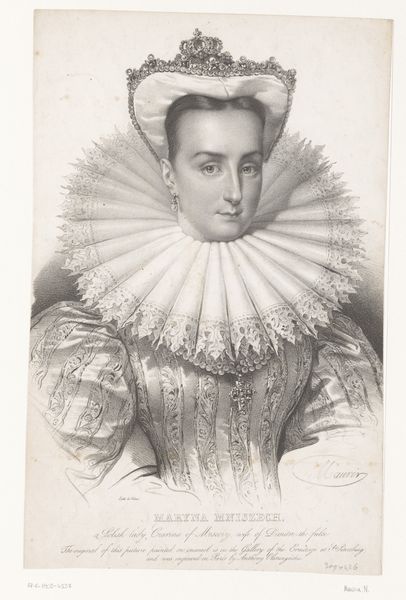
painting, wood
#
portrait
#
painting
#
black and white
#
wood
#
northern-renaissance
#
realism
#
monochrome
Dimensions: 76.6 cm (height) x 60.9 cm (width) (Netto)
Curator: This piece is entitled "Portrait of a Young Lady," created by Paulus Moreelse. It resides here at the SMK, and its creation dates sometime between 1586 and 1638. Editor: Well, the first thing that strikes me is the quiet austerity of it. Everything from the limited palette to the young woman’s expression speaks of a kind of contained…solemnity, maybe? It's all presented within that dark oval, creating an intriguing composition. Curator: Indeed. Monochrome painting wasn't as prevalent as full-color pieces, especially for portraits. This choice perhaps indicates a specific commission or artistic intention, maybe an emphasis on the moral character of the subject over ostentatious display. Editor: You see restraint; I almost see…defiance? In an age practically drowning in color, imagine commissioning something so deliberately muted. It makes you wonder about the social status of the young lady. It suggests a bold statement against the grain, maybe rejecting certain trends. Curator: Potentially. The magnificent ruff is difficult to ignore; it does point to her social standing. That level of lace required immense labor and expense, showcasing status and wealth within the black and white medium. It's almost like the image plays between puritanical restriction and aristocratic flamboyance. Editor: It is quite the paradox, isn’t it? It is as if the artist wants to portray her piety, and, yet, the clothing subtly hints at wealth and societal stature. It reminds me of sumptuary laws, attempting to regulate excessive finery and show one’s rank based on dressing code. Curator: Exactly! Art often holds up a mirror to social tensions. Consider how portraiture functions—not simply recording likeness, but also staging social identities. It's all so very contrived to send particular messages. Editor: Absolutely, it is staging! I do appreciate the layers, contradictions, the whispers in this piece. It reminds us that even what appears simple is often incredibly complex. Curator: Indeed, the real depth comes from those very subtle touches. Every element is loaded, revealing both personal stories and historical forces shaping the subject.
Comments
No comments
Be the first to comment and join the conversation on the ultimate creative platform.
